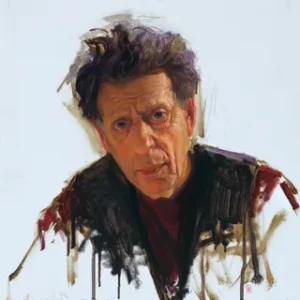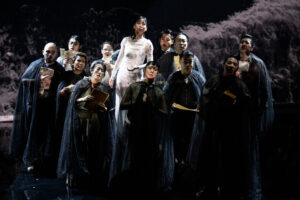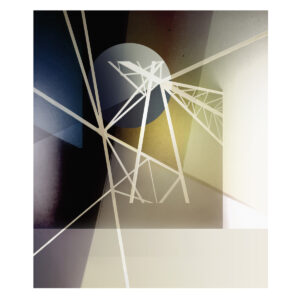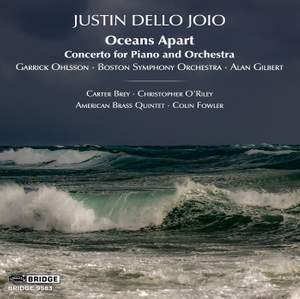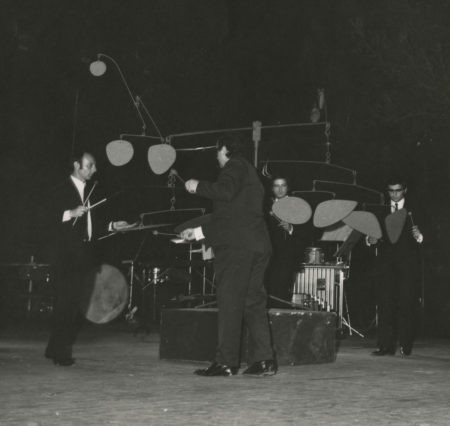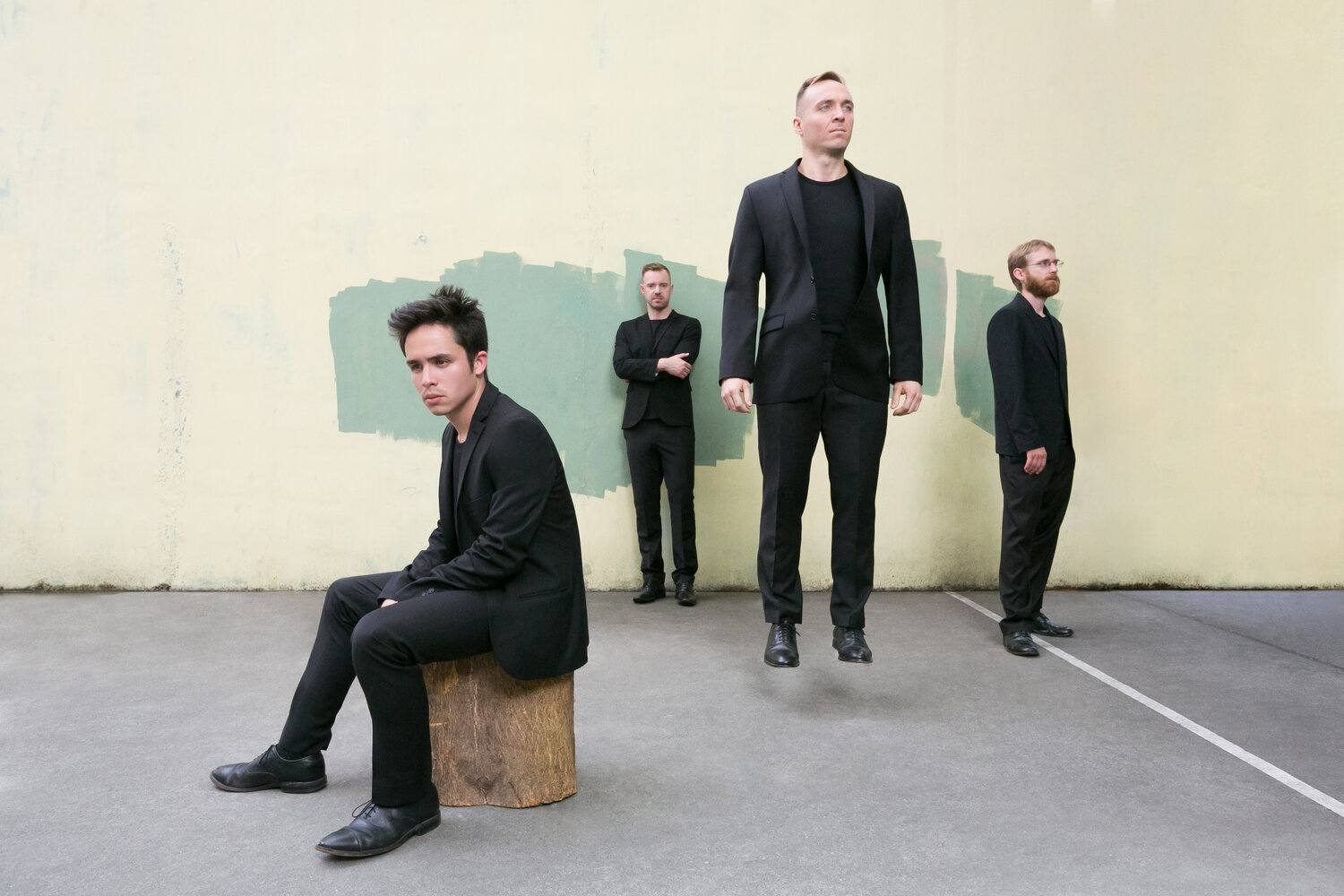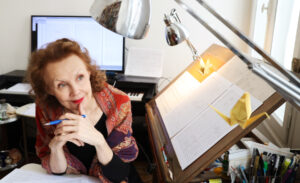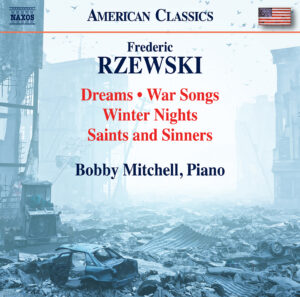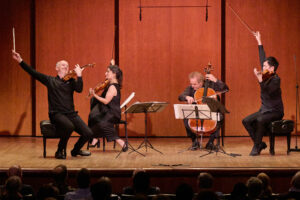
How does a composer write music? Whether she pulls interesting sounds out of the air, or creates an elaborate scheme of hieroglyphics – can an uninformed listener tell the difference? Sometimes not, as was the case Wednesday night at the 92nd Street Y where the incomparable Takács Quartet gave the New York premiere of Flow by Nokuthula Endo Ngwenyama.
Flow was backed up by an elaborate set of program notes that described inspiration ranging from the sound of the Big Bang to the breathing discipline “Pranayama”. Even with that knowledge in hand, for the most part I couldn’t detect the connection between concept and sound. Within the four-movement piece, I heard a heartbeat depicted by the viola’s pizzicato, observed sultry pitch slides in the second violin and enjoyed a wacky waltz where every measure seemed purposely just a little bit out of kilter. But the “outburst of energy and matter at the birth of our universe”? Not apparent at all. On the other hand, Flow ingeniously and successfully meshed extended technique with conventional sounds, and overall is a beguiling piece.
I’ve been a fan of the Takács Quartet for at least half of the group’s 49 years of ensemble-hood. This evening was the first time I heard them in their current lineup, with violinist Harumi Rhodes (joined in 2018) and violist Richard O’Neill (came on board in 2019), merging with first violinist Edward Dusinberre who has been with Takács since 1993, and the sole original member, cellist András Fejér.
This long-lived ensemble retained its aesthetic and its tight sound over the years and throughout its personnel changes. The Beethoven String Quartet in E Minor, Op. 59, No. 2 “Razumovsky” which made up the second half of the concert was so captivating that, in that moment, I felt like I would never want to hear any other quartet, ever. The group’s lightness and joie de vivre, dramatic attention to dynamics, and intonation and rhythmic accuracy so good, it might as well be a single instrument, all contributed to the quartet’s breathtaking performance. Their reading of the String Quartet in B-flat Major, Op. 76, No. 4 “Sunrise” by Franz Josef Haydn which opened the program was equally outstanding.
Flow by Nokuthula Endo Ngwenyama was commissioned for the Takács Quartet by Cal Performances and a consortium including 92NY. They’ll perform the work several more times in March and April 2024, in Philadelphia, Schenectady, Scottsdale, Buffalo, Ann Arbor, and Rochester, NY.
